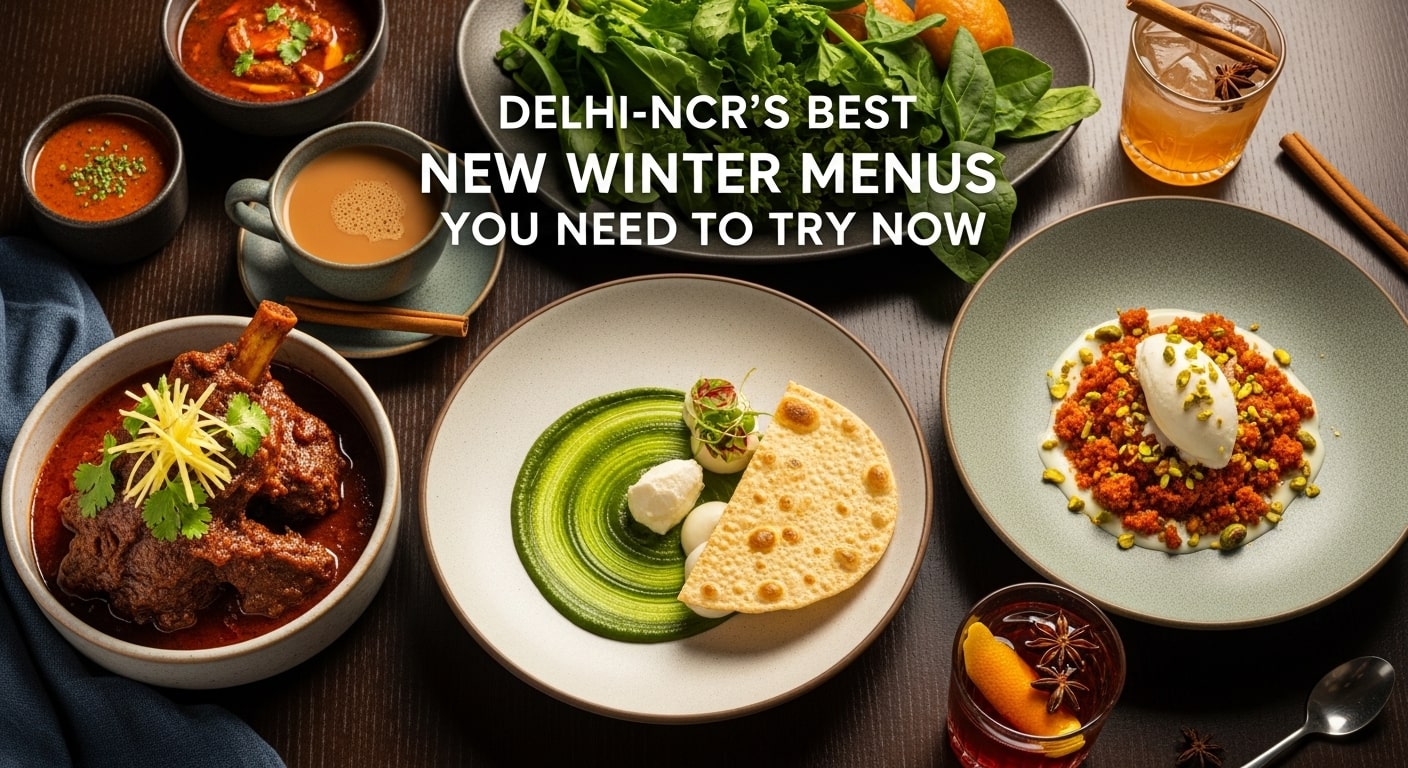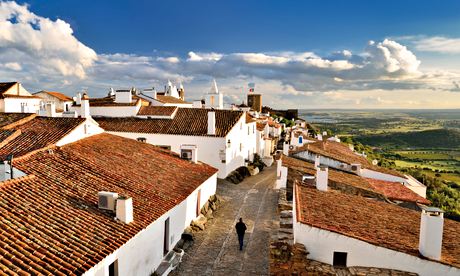The Alentejo is the breadbasket of Portugal, makes half its wine and is the largest producer of cork in the world. We round up the region's best restaurants, vineyards and places to stay
'Food is important here in Alentejo," says Gertrudes Alfacinha. "But only good food!" My host is one of the city of Évora's official guides, a passionate diminutive historian who likes to take guests to lunch at one of the many small restaurants tucked down the travessas of this labyrinthine city. Our table is strewn with saucers of olives, cheese, tiny squid, black pork and garlic butter. This, a meal in itself, comes standard with the table.
"Anything you touch you pay for," Gertrudes warns, but we pretty much touch it all as we discuss the Alentejo's capital, a Unesco world heritage site. History and food are what Évora has in abundance. Plus wonderful wine - and shops selling cork products.
The Alentejo (literally "land beyond the Tagus") is a warm, dry, mostly gentle region north of the Algarve that has been ignored by all but a few. A long history of turbulence means many of its towns are on hilltops - not just Évora but the medieval village of Monsaraz on the Spanish border, the baroque Montemor-o-Novo above the main E90 from Lisbon, and the pantiled city of Beja in the south.
This big fertile region, a third of the country by area, is known as Portugal's gastronomic soul. The food is neither peasant nor sophisticated, but rich with ingredients such as sheep's cheese, black pork, salt cod, wild mushrooms and asparagus. Towns have their own specialities, such as peppery olive oils or egg-yolk based desserts. It's this rich individuality that makes Alentejo special - and the fact that it produces almost half of Portugal's wine.
Now the region is being touted as the new Tuscany, or the affordable Tuscany. Certainly it's just as food-orientated, and entry-level wines are better value than in Chiantishire. Architecturally, the Alentejo also has an abundance of Roman remains: Évora has city walls, a huge aqueduct and a temple dedicated to Augustus.
After the Romans, the Visigoths and then the Moors ruled the Alentejo. Its rich soil helped make it famous, and when the Jesuits arrived in the 16th century, they boosted the viticulture and transformed cities like Évora with their florid architecture. So why has this beautiful, fecund, food-orientated region been neglected by the Brits? Maybe it's because we think of Portugal in terms of Lisbon and the Algarve. The Alentejo, as the land that lies between those two popular tourist attractions, is too easy to overlook, despite its size.
Beyond Évora - where I'm finishing my meal with an egg-and-almond dessert called toucinho rançoso dos santos (rancid lard of the saints!) - the region has much to offer the food lover, as well as culture, countryside and cork. Time to work off those calories.
Where to eat
L'And Vineyards Resort, Montemor-o-Novo
Open to non-residents Wednesday-Sunday, this oenophile's dream resort, 30km west of Évora, offers wine pairings with each dish. In his modern Michelin-starred white and glass restaurant, chef Miguel Laffan ambitiously seeks to "reinterpret" Portuguese cuisine with dishes such as roasted tenderloin of traditional Alentejo black pork with cauliflower gratin, asparagus, peas and blood sausage.
• +351 266 242 400, l-andvineyards.com, three courses from €55
Taverna Os Templários, Monsaraz
Be sure to eat outside at this small, family-run restaurant 20km from the Spanish border, which has a terrace looking across to the massive Alqueva reservoir. Order the local black pig with a bottle of Reguengos red, or the bacalhau com espinafres (salt cod with spinach).
• Rua Direita 22, +351 266 557 166, three courses from €20
Restaurante Maçã, Lavre
This plain but award-winning village restaurant in the Alvalade mountains is proud of its Alentejo cuisine and does a good ensopado de borrego (lamb stew) and fish soup. The small bar also serves a petiscos (snack) menu if you arrive early.
• +351 265 847 100, maca-restaurante.pt, three courses from €30
Fialho, Évora
Back in 1948, Manuel Fialho began serving local snacks. Today his busy, strip-lit restaurant is credited with having saved a number of traditional dishes such as favada real de caça, a bean stew served to royal guests after hunting trips, and sopa de beldroegas (purslane soup). Walls are covered with deer antlers and Manuel's awards.
• +351 266 703 079 , restaurantefialho.com, three courses from €25
Where to drink
Convento Cartuxa, Évora
Cartuxa Wines occupies an old Jesuit winery farm outside Évora's city walls. It's a tranquil whitewashed place where you can wander past vast barrels containing wines from little-known grapes like aragones, castelao and trincadeira. Drink at the bar or takeaway for only €5 a bottle.
• Estrada de Arrailos, +351 266 732 788
Herdade dos Grous, Beja
This modern wine bar sits on a country estate in the south of the Alentejo, with its own vineyards and cork forests. Herdade dos Grous's Reserva red won the Oenologist Union of Alentejo's top award for 2006. Visitors can also learn about horse breeding, olive plantations and organic farming.
• +351 284 96 00 00, herdade-dos-grous.com, tastings from €5
Carmim Enoforum, Reguengos de Monsaraz
Carmim is the largest wine producer in the Alentejo. At its modern headquarters 15,000 bottles are produced every hour. Visitors can take a tour and also visit the olive press.
• +351 266 508 200, enoforumwines.com, visit with blind tasting of two wines €10
Where to stay
Casa Pinto, Monsaraz
This six-room guesthouse has rooms named after Portuguese colonies - Mombasa, Goa, Macao - and feels like someone's slightly eccentric home. The Spanish owners have created a gorgeous roof terrace with views of the Alentejo countryside.
• +351 226 557076, casapinto.es, rooms from €60 B&B
Convento dos Loios, pousada de Évora
The word pousada just means inn, but Pousadas de Portugal is a group of state-run hotels in converted historic buildings, on the lines of Spain's paradors. This former monastery is a warren of lofty white and ochre cloisters right in the centre of Évora. Each room is a former monk's cell - even the presidential suite with its baroque ceilings and cut-glass chandeliers.
• +351 266 730 070, pousadas.pt, rooms from €136
Convento do Espinheiro
King Alonso V stayed in the guesthouse of this convent several times in the late 15th century. Now a five-star hotel, the Convento has a luxurious, regal feel, with cosy rooms and altars everywhere you turn. There's also a swimming pool surrounded by olive groves.
• +351-266 788 200, conventodoes-pinheiro.com, rooms from €170
Where the locals go
Olga Miguel, Évora tour guide
I love the boleimas (apple and cinnamon pastries) from Ma-Jó (on Rua Dom Augusto Eduardo Nunes in Portalegre), close to the Spanish border, or from any bakery up the road in Castelo de Vide until lunchtime.
Michele Marques, chef at Mercearia Gadanha, Estremoz
I love leaving my restaurant (merceariagadanha.pt)with the view of the castle of Estremoz and Évoramonte on the horizon. I also love the drive to the hill town of Marvão, north of Portalegre - the road, especially in spring, is wonderful.
Rita Martins, Terrius group of sustainable farmers (terrius.pt)
The Serra de São Mamede mountains have a microclimate that's great for producing high-quality chestnuts, apples, peppers and mushrooms. The region has several festivals, but the most important is in November, to celebrate the chestnut harvest.
Fernando Melo, wine critic, Beja
I would strongly recommend Herdade do Vau (+351 226 199 800, herdadedovau.com, doubles from €80) near Beja, both for the exquisite set of grape varieties planted there and to stay - it's a good base to explore all of the southern Alentejo.
Sunvil (020-8758 4722, sunvil.co.uk) offers seven-night culinary breaks in the Alentejo from £581pp including flights, B&B accommodation and car hire
Photo: The village of Monsaraz in Portugal's Alentejo region. Photograph: Alamy










